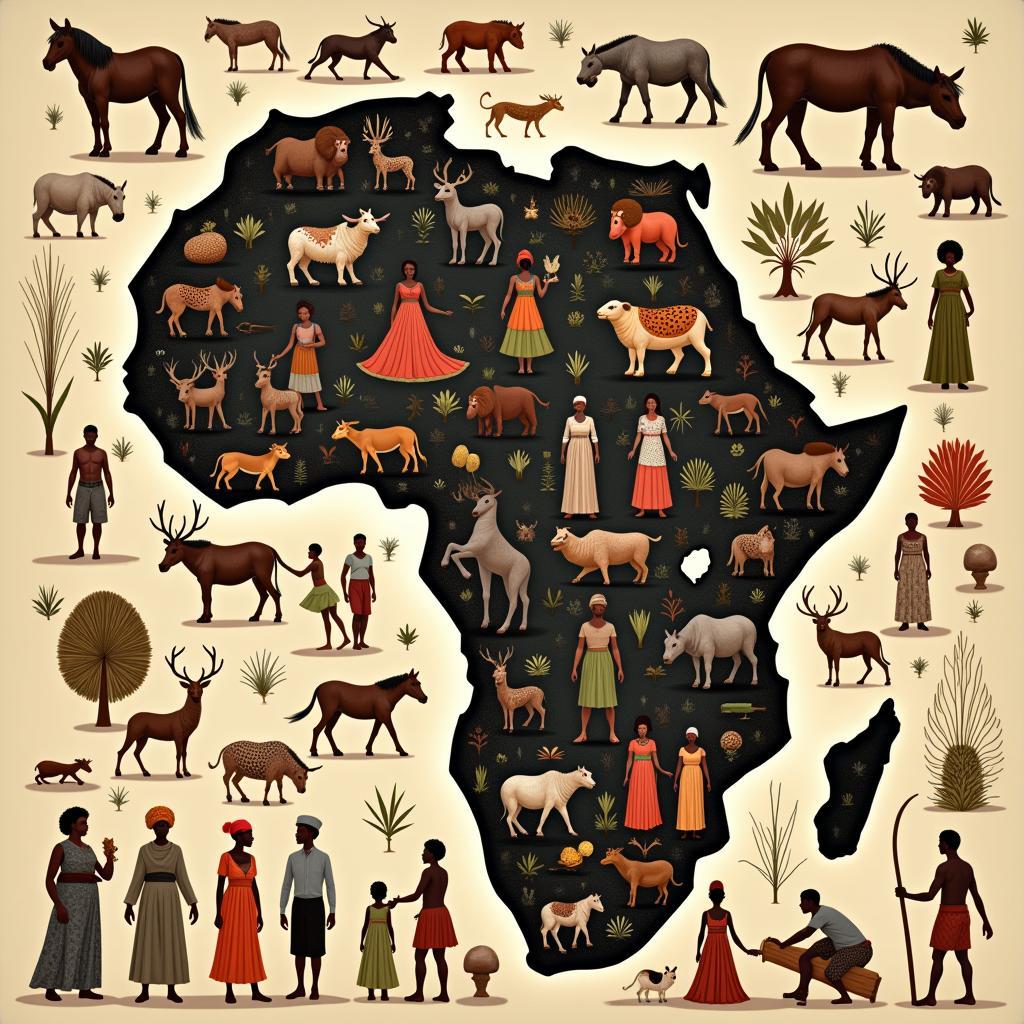African Grey Parrot Conservation: Protecting a Remarkable Species
The African grey parrot, a beloved companion bird, is facing a severe crisis in the wild. African Grey Parrot Conservation efforts are crucial to ensuring the survival of this intelligent and charismatic species. Poaching, habitat loss, and the illegal pet trade are driving these birds towards extinction, making immediate action essential.
Understanding the Threats to African Grey Parrots
Several factors contribute to the decline of African grey parrots in their natural habitats. Deforestation due to logging and agriculture destroys their nesting sites and food sources. The illegal pet trade, driven by high demand, fuels unsustainable trapping and trafficking of these birds. In many areas, poaching for food and traditional medicine further exacerbates the problem. These combined pressures put immense strain on the African grey parrot populations.
Protecting these birds requires addressing each of these threats comprehensively. Stricter enforcement of laws against poaching and illegal trade is paramount. Creating and managing protected areas can safeguard vital habitats. Educating local communities about the importance of conservation can foster a sense of responsibility and encourage sustainable practices.
Furthermore, collaborative efforts between governments, conservation organizations, and local communities are essential for long-term success. By working together, we can implement effective strategies to protect African grey parrots and their ecosystems.
The Role of Breeding Programs in African Grey Parrot Conservation
Captive breeding programs play a significant role in supporting wild populations. These programs aim to breed healthy birds in controlled environments, minimizing the pressure on wild populations. Some programs also focus on releasing captive-bred birds back into the wild, boosting existing populations and reintroducing parrots to areas where they have been extirpated. However, successful reintroduction requires careful planning and monitoring to ensure the released birds can adapt and thrive.
The success of breeding programs hinges on scientific research and collaboration among experts. Genetic management ensures the diversity of the captive population, which is crucial for the long-term health and resilience of the species.
What You Can Do to Help
Every individual can contribute to African grey parrot conservation. Avoiding purchasing wild-caught parrots is paramount. Supporting reputable breeders who prioritize ethical and sustainable practices can help reduce demand for wild-caught birds. Donating to conservation organizations working to protect African grey parrots in the wild is another effective way to contribute. Spreading awareness among friends, family, and social networks about the plight of these birds can also make a difference.
Even small actions can contribute to positive change. By choosing sustainable products and reducing our environmental footprint, we can help protect the habitats that these parrots and other wildlife depend on. Learn more about African grey parrot facts african grey parrot facts wikipedia and the african grey parrot.
Conclusion
African grey parrot conservation is a critical challenge that requires immediate and sustained action. By understanding the threats these birds face and taking proactive steps, we can help secure a future for this remarkable species. Supporting conservation initiatives, promoting responsible pet ownership, and spreading awareness are crucial for ensuring that African grey parrots continue to thrive in the wild for generations to come. You can also learn about the african gray parrot species and the african grey parrot group.
FAQ
- What is the main threat to African grey parrots? Habitat loss and the illegal pet trade.
- How can I help protect African grey parrots? Avoid buying wild-caught parrots and support conservation efforts.
- Are African grey parrots endangered? Yes, they are classified as endangered.
- What makes African grey parrots special? They are known for their intelligence and ability to mimic sounds.
- Where do African grey parrots live? They are native to the forests of Central and West Africa.
- What do African grey parrots eat? Their diet consists mainly of fruits, nuts, seeds, and leaves.
- How long do African grey parrots live? They can live up to 50-80 years in captivity.
Scenarios and FAQs:
Scenario 1: You find an injured African grey parrot.
- What should you do? Contact a local wildlife rehabilitation center or veterinarian experienced with birds.
Scenario 2: You are considering buying an African grey parrot as a pet.
- What should you consider? Ensure the bird is captive-bred from a reputable breeder and not wild-caught.
Further Exploration
For more information, explore these resources:
Contact Us
For assistance, contact us: Phone: +255768904061, Email: kaka.mag@gmail.com Or visit us: Mbarali DC Mawindi, Kangaga, Tanzania. Our customer service team is available 24/7.




